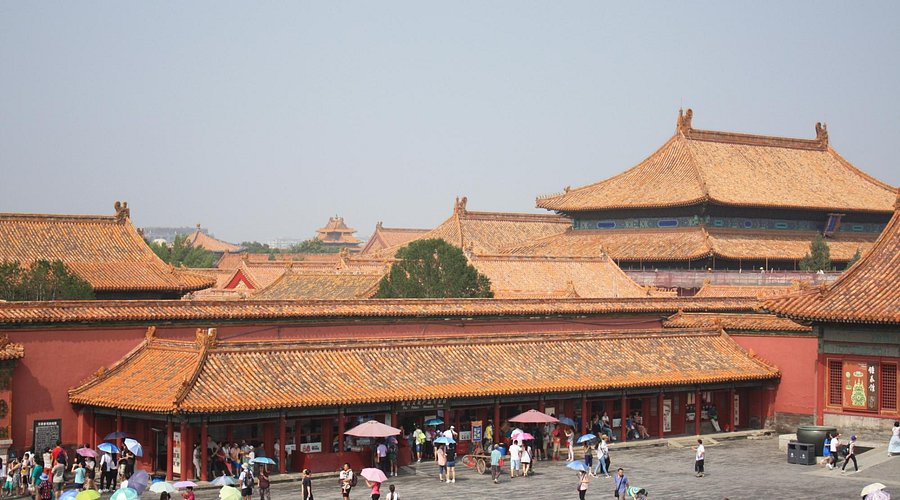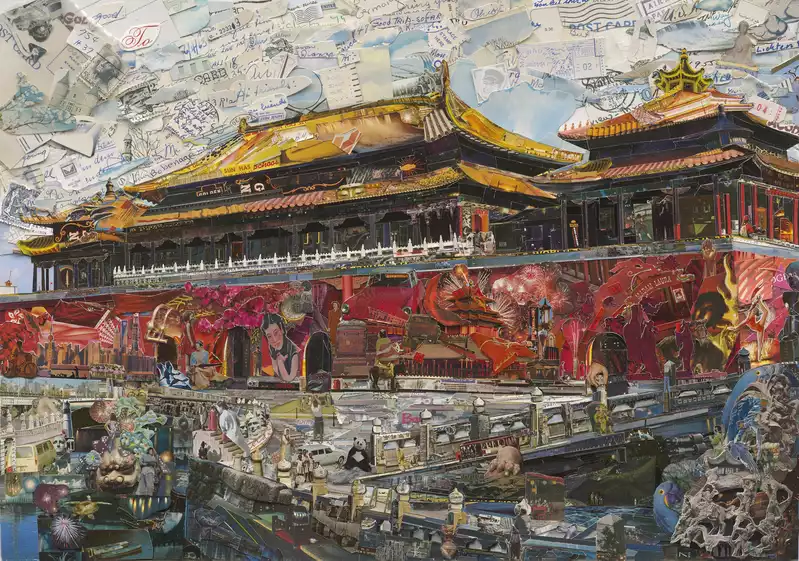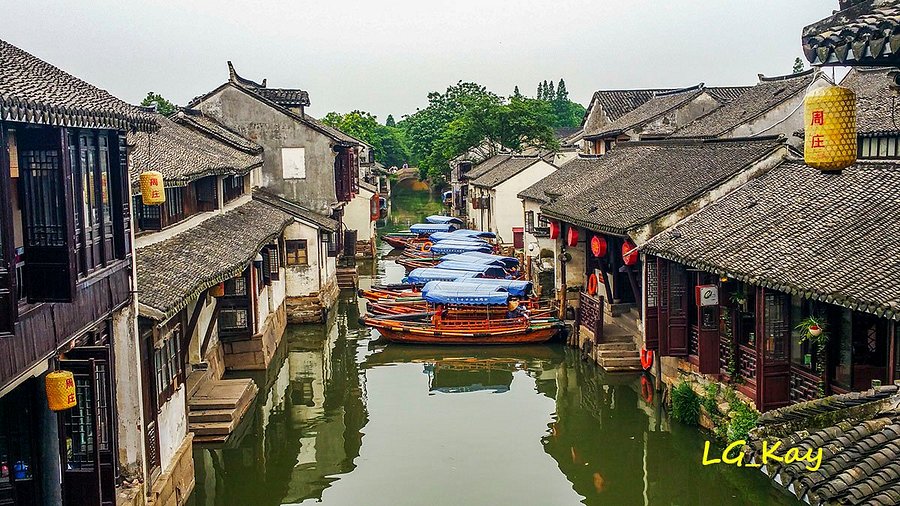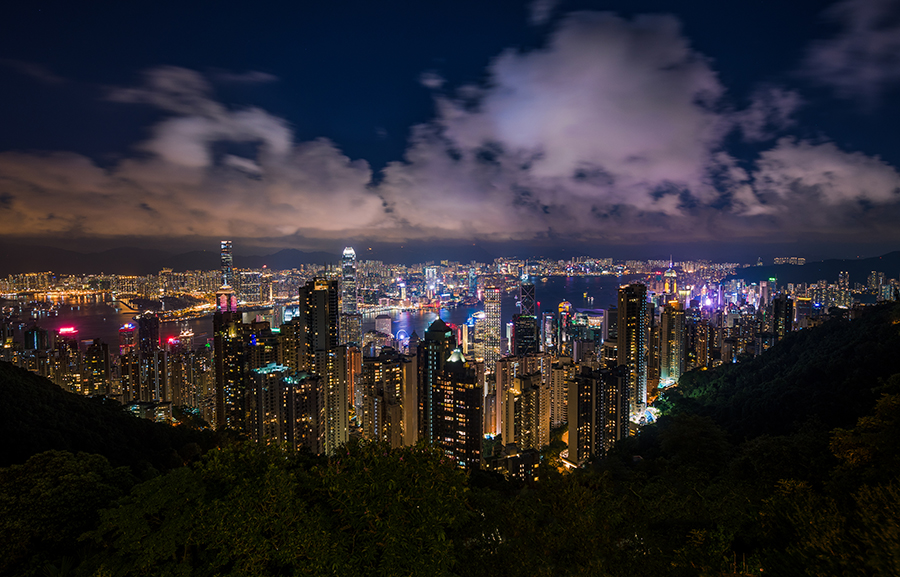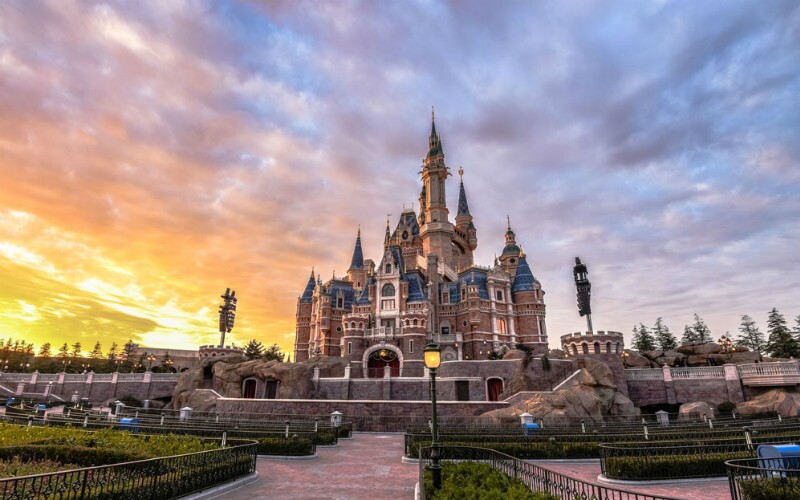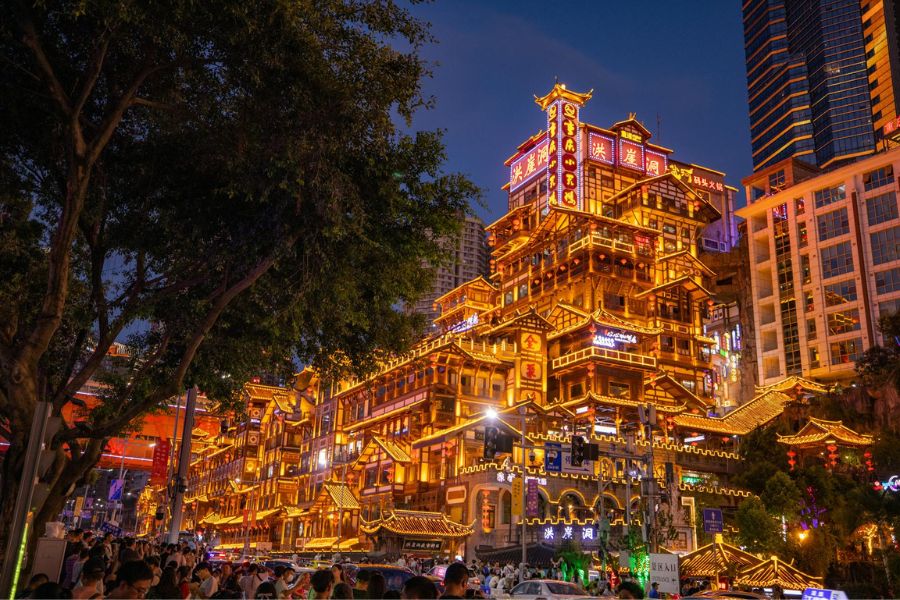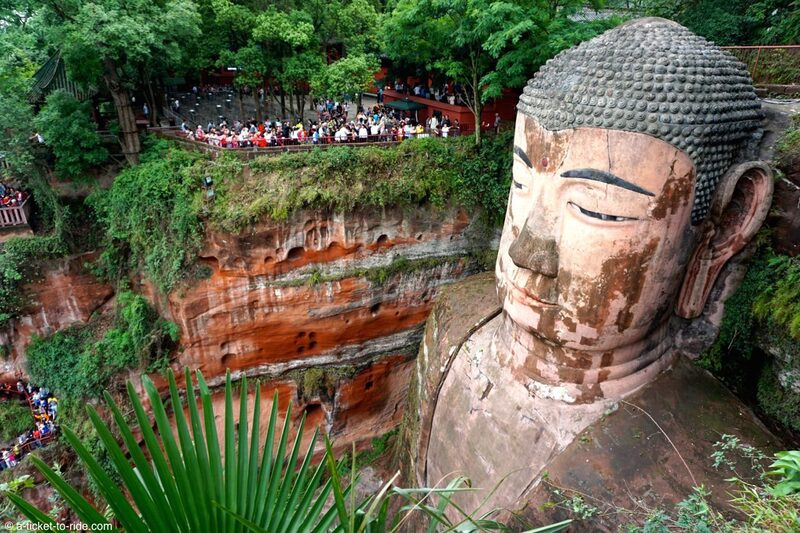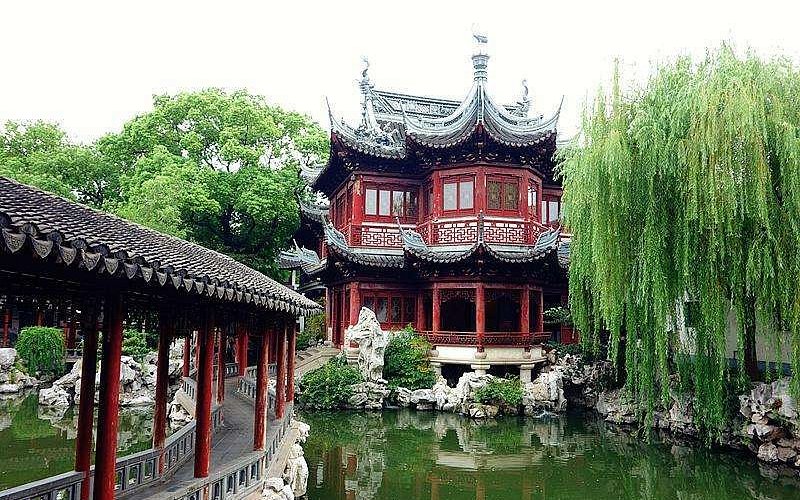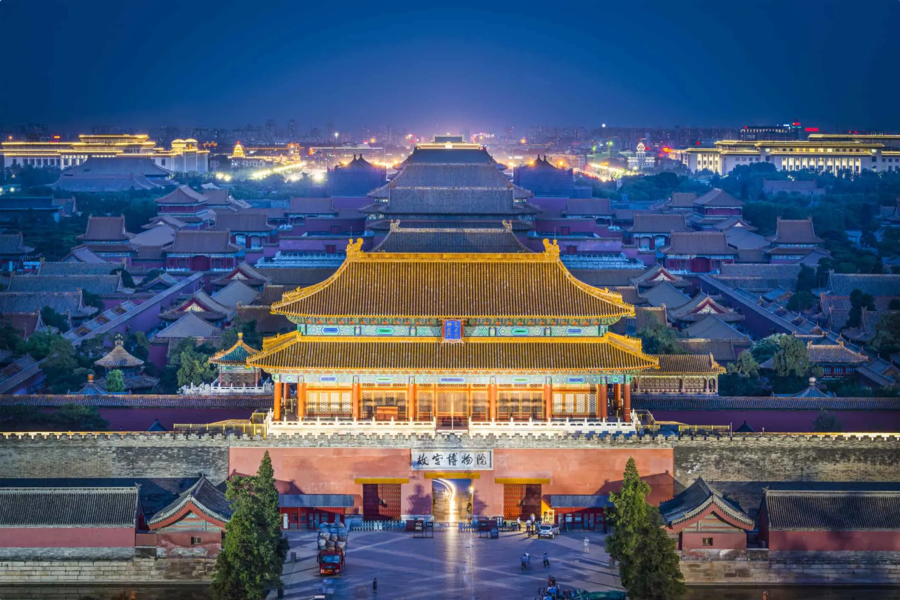
- April 3, 2025
- Alex
- 0
Unraveling the Mysteries of the Forbidden City, China’s Imperial Epicenter
Stepping into the Forbidden City in Beijing is like stepping back in time. Once the imperial home of 24 emperors, this historic complex is a testament to China’s ancient architectural prowess and intricate craftsmanship. It’s a journey into the heart of a civilization that has shaped the world for over five millennia.
Table of Contents
ToggleAwakening Your Senses at the Meridian Gate
As you approach the imposing Meridian Gate, the main entrance to the Forbidden City, your heart may skip a beat. The gate towers over you, an embodiment of ancient majesty and a symbol of the divine authority of the emperors. The vast expanse of the Forbidden City, stretching over 180 acres, unfolds beyond the gate, an ocean of red walls and golden tiled roofs.
A Stroll through the Outer and Inner Courts
The Forbidden City is divided into two main sections: the Outer Court and the Inner Court. The Outer Court, with its grand halls and sprawling courtyards, was where the emperor exercised his supreme power over the nation. The three main halls – the Hall of Supreme Harmony, the Hall of Middle Harmony, and the Hall of Preserving Harmony – were the centers of state ceremonies and imperial weddings.
The Inner Court, on the other hand, was the emperor’s private residence, complete with living quarters, gardens, and temples. It was a secluded world, hidden behind red walls where the emperor, his wives, children, and the palace eunuchs lived.
Immerse in the Intricate Art and Architecture
Every corner of the Forbidden City is a showcase of ancient Chinese architecture and art. The complex contains an estimated 8,704 rooms, adorned with meticulous woodwork, ornate carvings, and vivid murals painted with painstaking attention to detail. The Forbidden City is home to the largest collection of preserved ancient wooden structures in the world, presenting an authentic representation of Chinese palatial architecture.
Discover the Treasures at the Palace Museum
The Forbidden City is also home to the Palace Museum, which houses an extensive collection of artwork and artifacts from the Ming and Qing dynasties. From intricate jade carvings and precious silk robes to ancient texts and priceless ceramics, the museum boasts over a million artifacts, each telling their own tale about China’s imperial history.
For the love of ancient Chinese art and history, there’s no place like the Forbidden City. Here, every stone has a story to tell.
As you leave the Forbidden City, you leave with more than just photographs. You depart with a deeper understanding of China’s rich history, its cultural nuances, and a sense of awe for the grandeur of its past. You leave with a piece of China’s soul, a connection to an ancient civilization that continues to shape the world in ways both seen and unseen.


